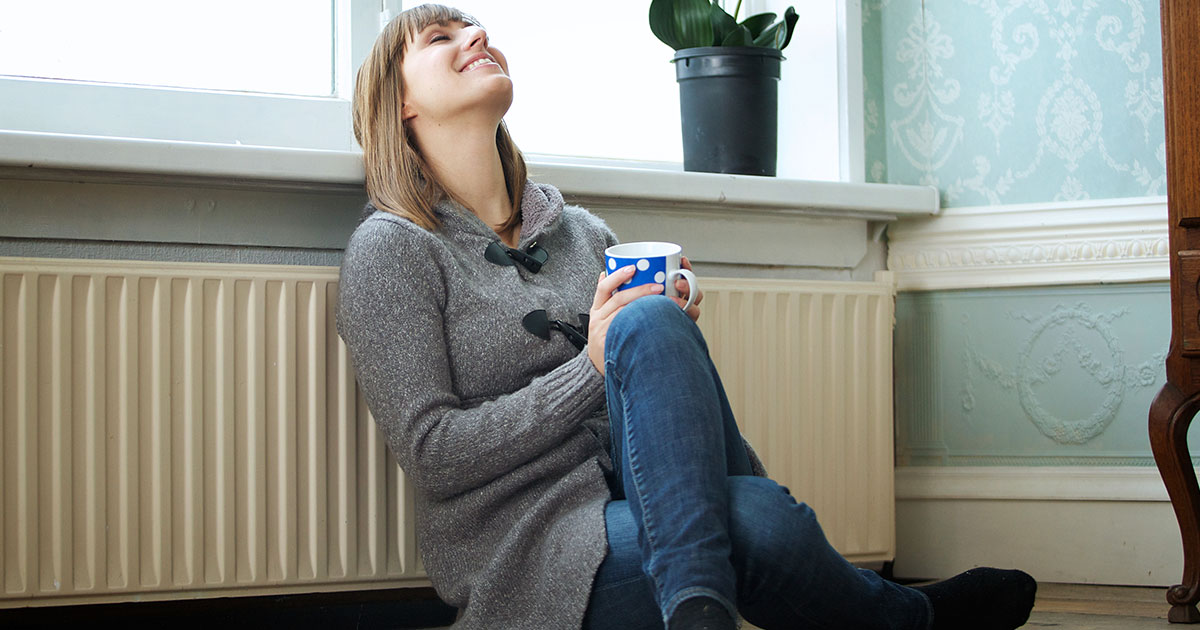Change the Time
Maybe first thing in the morning or last thing at night is not the best time for you to schedule relaxation. Do not give up. Keep trying.
Try lunchtime, during a commercial of your favorite show, between online matches of your favorite video game or after you talk to your best friend on the phone.
With different times of day, try different lengths of time. Some people may find benefit after five minutes. Maybe you need 25 minutes since your ADHD keeps distracting you. Focus on what is going to be best for you.
Change the Setting
Variety will be your friend when learning relaxation. Testing different areas will allow you to compare and contrast the strengths and weaknesses of each location.
Try the bedroom, bathroom, closet or living room floor. You can put on some music and light candles or enjoy perfect silence in a pitch-dark room.
Focus on Prevention
Typically, beginners wait too long to use a relaxation technique. Relaxation cannot be practiced during a high-stress period where attention is unavailable. When you are a beginner, you must practice these techniques during periods of low stress and low ADHD symptoms.
This strategy will better prepare you for future stress because you will master the skills under ideal conditions.
What to Do
Relaxation comes in many shapes and sizes. Avoid the desire to do what is comfortable and find actions that stretch your tolerance for peaceful serenity. Activities can include taking a long bath, going on a nature walk and almost anything else that quiets your mind. Here are some of the best options for people with ADHD:
Exercise
Exercise can give you the right type and amount of stimulation. Engaging in activities like running, swimming, biking, yoga, and dancing are great due to their repetitive nature. This repetition can create a meditative state that calms your mind.
The physical activity is an added bonus as it will burn off some of the excess energy left by ADHD while filling your brain with desirable neurotransmitters.
Deep Breathing
Deep breathing is the simplest and most basic skill. To practice deep breathing, assume a comfortable position either sitting or laying down. Put your right hand on your stomach and left hand on your chest. As you breathe in, feel your right hand moving while your left remains still. The goal is to fill your lungs entirely by using your diaphragm to suck in air — most people move their shoulders when breathing deeply but this only partially fills the lungs.
Work to extend the seconds you spend inhaling and exhaling. Five seconds in and 7 seconds out is a great goal but three in and 5 out might be your starting point. Deep breathing provides access to extra oxygen which allows your heart to slow down. Repeat as needed.
Autogenic Training
Autogenics is a type of self-hypnosis where you repeat a series of phrases to yourself. A quick online search will yield great scripts to use as a guide. Autogenics allows for modification and manipulation to obtain your desired effect.
Appropriate phrases for ADHD include: “My mind is calm,” “My mind is clear,” and “I can stay calm.” These messages work to retrain your thinking to be more desirable while training your body to be more relaxed. This relaxation is ideal for people with ADHD because it does not ask you to quiet your mind. Instead, you fill it with helpful thoughts.
Guided Imagery
Guided imagery involves listening to a script or reading a script yourself. Scripts often involve thinking about yourself on a tropical island or a relaxing destination from your past. The imagery works to distract you from your stressors and allows your mind and body to become refreshed.
Incorporate as many senses as you can into your imagination to get a greater benefit.
Progressive Muscle Relaxation (PRM)
PRM begins by taking a few moments to listen to your body. Which areas are feeling tight? Which areas feel loose and relax? From there, target your tight spots by squeezing and tensing the muscles of that area and then releasing them.
Repeating the progress in other areas lets you notice the difference between tension and relaxation. Adding awareness permits you to decrease the tension more often and more effectively.
Conclusion
When people think of ADHD, they don’t often think of relaxation. It is a shame, though, since everyone needs relaxation with its many benefits.
Now is the time to trade in your video game controller for a yoga mat, or your smartphone for the peace of guided imagery. Relaxation at last.
